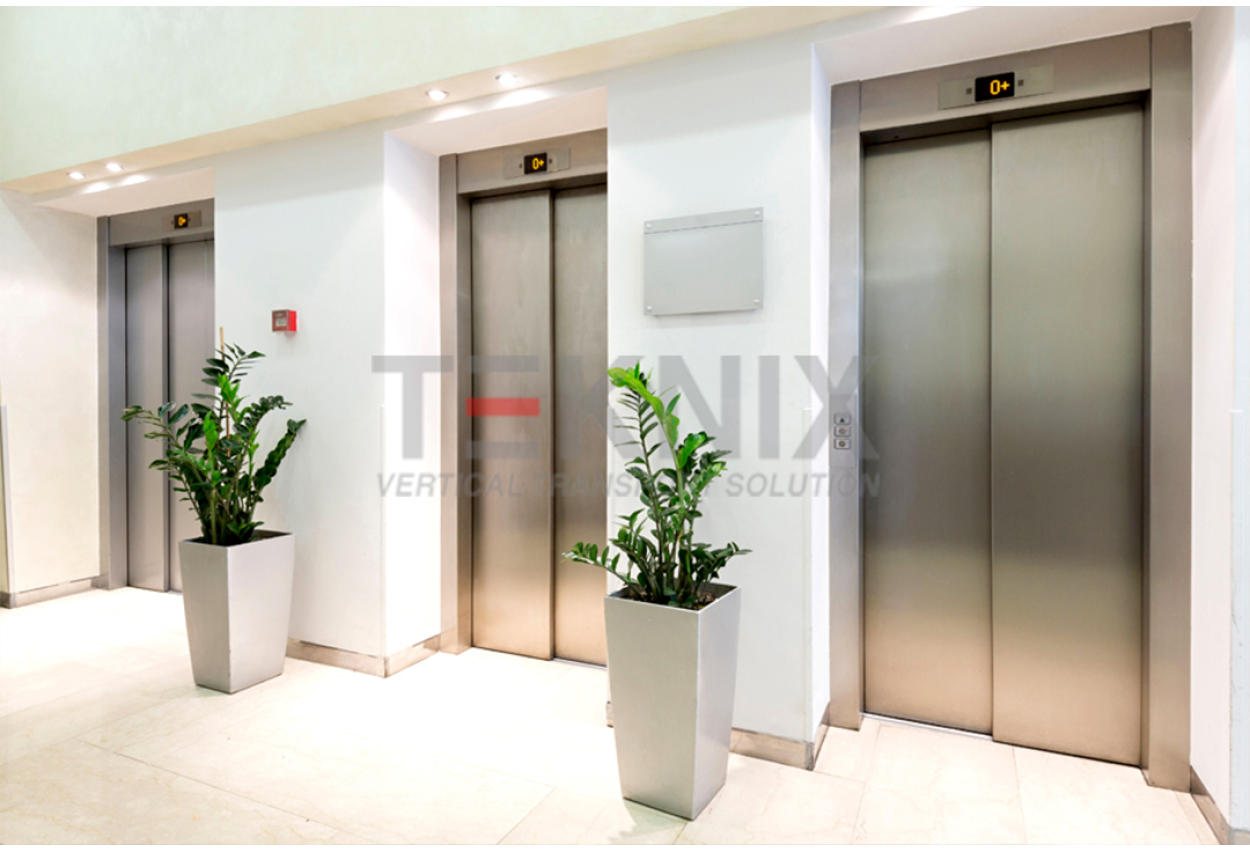We Maintain Lifts with Accuracy: Ensuring Security and Efficiency
We Maintain Lifts with Accuracy: Ensuring Security and Efficiency
Blog Article
Diving Into the Globe of Elevators: Common Problems Encountered by Different Lift Mechanisms
As we browse through the vertical transport systems of contemporary buildings, lifts stick out as a vital part of our every day lives. However, behind their smooth operation exists a globe of intricate systems that can often come across challenges. From hydraulic lifts to traction systems and machine-room-less layouts, each lift kind features its set of usual problems. Recognizing these challenges is crucial for ensuring the smooth performance of these vital systems. Let's discover the intricacies that underlie the operation of elevators and the prospective concerns that can arise, clarifying the intricate web of lift mechanisms.
Hydraulic Elevators
Hydraulic elevators, commonly liked for low-rise buildings, make use of fluid pressure to manage the movement of the lift automobile (lift repair companies). This system involves a hydraulic pump pressing oil into a cyndrical tube, creating the lift to relocate the desired direction. While hydraulic elevators are recognized for their smooth and quiet procedure, they do include their own collection of common problems
One prevalent trouble with hydraulic elevators is oil leak. In addition, concerns with the control system, such as defective valves or a malfunctioning pump, can trigger disturbances in the elevator's activity.
Routine upkeep and timely repair work are vital to guarantee the smooth functioning of hydraulic elevators. By addressing these typical issues proactively, building proprietors can reduce downtime and make sure the safety and security and performance of their upright transport system.
Traction Elevators
When thinking about upright transportation systems in structures, an additional common type aside from hydraulic lifts is the traction elevator. Traction lifts run using a system of ropes and counterweights that relocate the elevator car by grasping onto the hoist ropes. This device enables for smoother and much faster upright transportation contrasted to hydraulic systems.
One of the typical problems faced by traction elevators is rope wear. The constant activity of the ropes within the grip system can cause tear and wear in time, potentially triggering the lift to breakdown or become risky for use. Regular evaluations and upkeep of the ropes are important to make certain the elevator's appropriate performance and safety and security.
Another concern that traction lifts might come across is associated to the control system. Troubles with the control system can result in issues such as unpredictable activity, delays in reaction times, and even full shutdowns. Regular testing and maintenance of the control system are critical to protect against such problems and ensure the elevator's dependability.
Machine-Room-Less (MRL) Elevators

Among the vital parts of MRL lifts is the compact gearless grip equipment that is mounted within the hoistway. This machine efficiently drives the elevator cars and truck without the demand for bulky equipment found in typical traction elevators. Furthermore, MRL lifts commonly use a weight system to stabilize the vehicle, additional improving their energy performance.
Despite their advantages, MRL lifts might face obstacles associated with maintenance and repair due to the confined room for devices setup. Access for servicing parts within the shaft can be restricted, requiring specialized training for service technicians. Proper upkeep schedules and regular assessments are vital to ensure the continued smooth operation of MRL lifts.
Overloading and Weight Limit Issues
Are lifts equipped to manage excess weight lots efficiently and securely? Overwhelming and weight limitation concerns are critical issues in elevator operations. Elevator manufacturers design lifts with details weight abilities to make certain passenger safety and devices long life. Going beyond these weight limitations can cause different troubles, consisting of mechanical failures, delays, and safety hazards.
When elevators are overwhelmed, it places too much stress on the motor, cable televisions, and various other elements, possibly causing malfunctions or malfunctions. Safety mechanisms such as sensing units and overload sensors are in area to prevent elevators from moving if they spot excess weight. In addition, surpassing weight restrictions can lead to boosted power intake and wear and tear on the lift system.
To minimize overwhelming concerns, building managers need to prominently show weight restrictions in elevators and educate occupants on the importance of adhering to these constraints - lift repair companies. Regular maintenance checks by certified professionals can additionally look at this site aid make sure that lifts are running within risk-free weight specifications. By resolving overloading and weight restriction concerns proactively, building proprietors can improve elevator safety and effectiveness
Electric System Failures
Exceeding weight restrictions in lifts can not just lead to mechanical issues yet additionally possibly add to electric system failures within the lift infrastructure. Electrical system failures are a crucial concern in lift procedure, Visit Your URL as they can trigger unexpected shutdowns, breakdowns, or also security dangers.
Routine maintenance and assessments are vital to determine and resolve prospective electric concerns quickly, guaranteeing the efficient and safe procedure of lift systems. By sticking to weight limitations and performing regular electric system checks, structure owners can alleviate the risk of electric failures in lifts.
Final Thought

Hydraulic lifts, commonly favored for low-rise structures, make use of fluid stress to manage the activity of the lift car.When thinking about upright transportation systems in buildings, an additional typical type apart from hydraulic elevators is the traction elevator. Traction elevators operate utilizing a system of ropes and counterweights that relocate the elevator car by grasping onto the hoist ropes. Unlike typical elevators that require a separate machine space to house the tools, MRL elevators integrate many of the components within the shaft, getting rid of the need for a specialized machine area.In final thought, elevators face typical problems such you could look here as hydraulic malfunctions, traction system failings, and electrical system issues.
Report this page